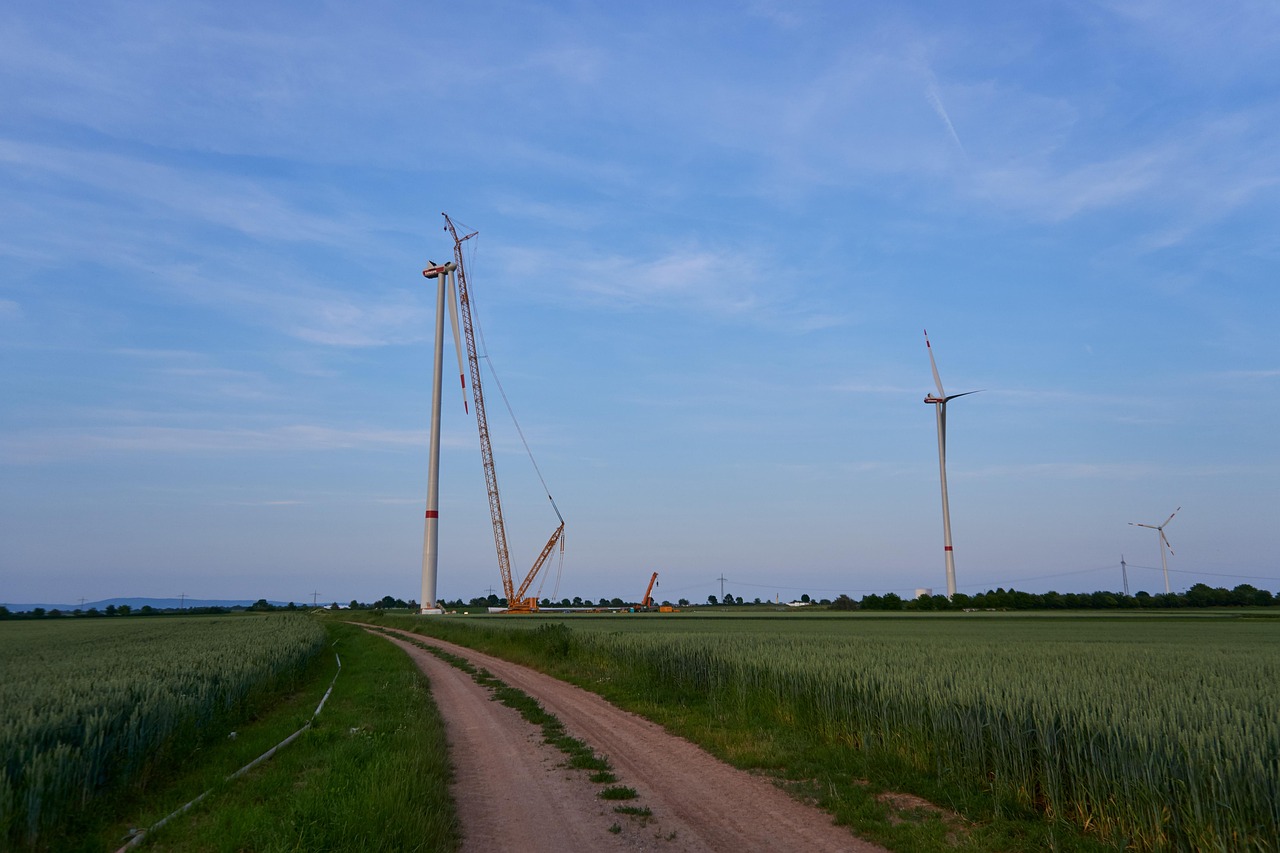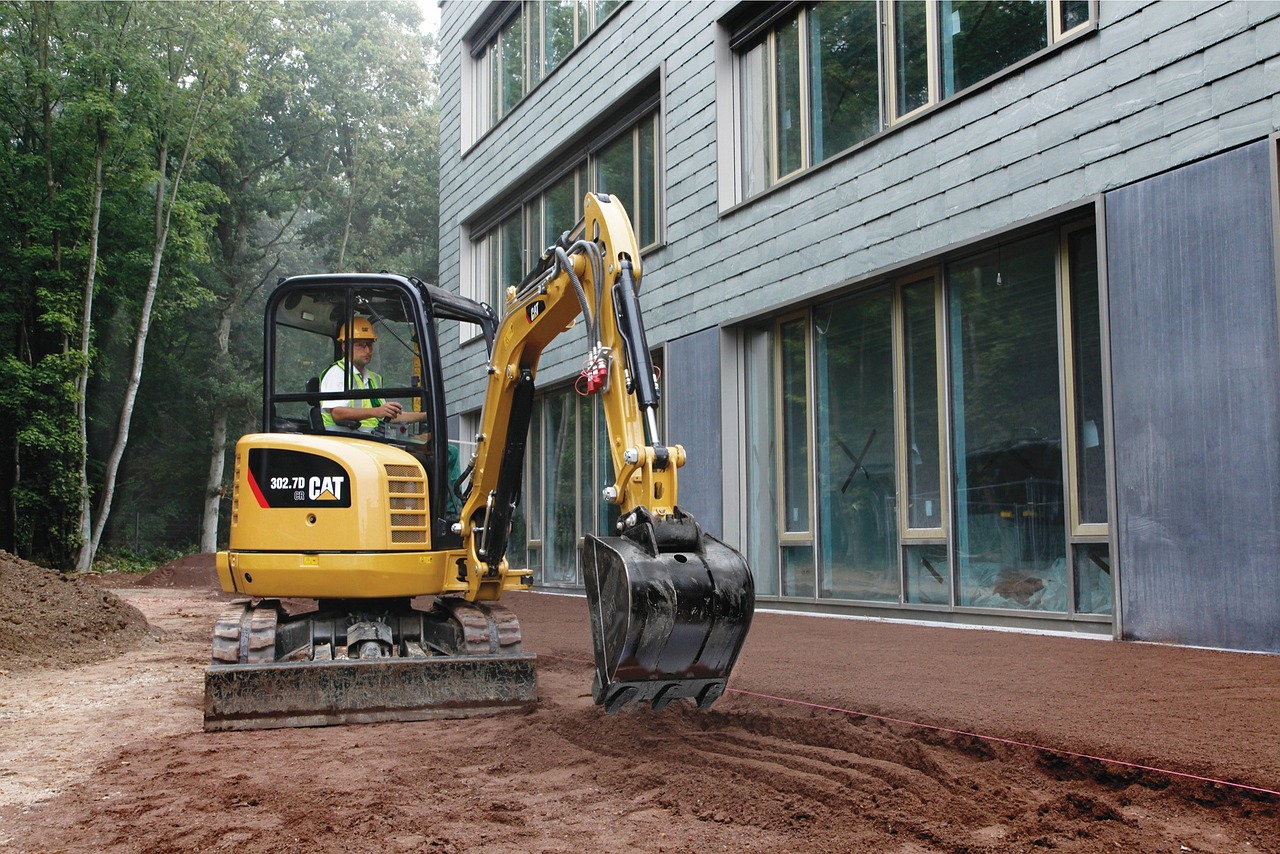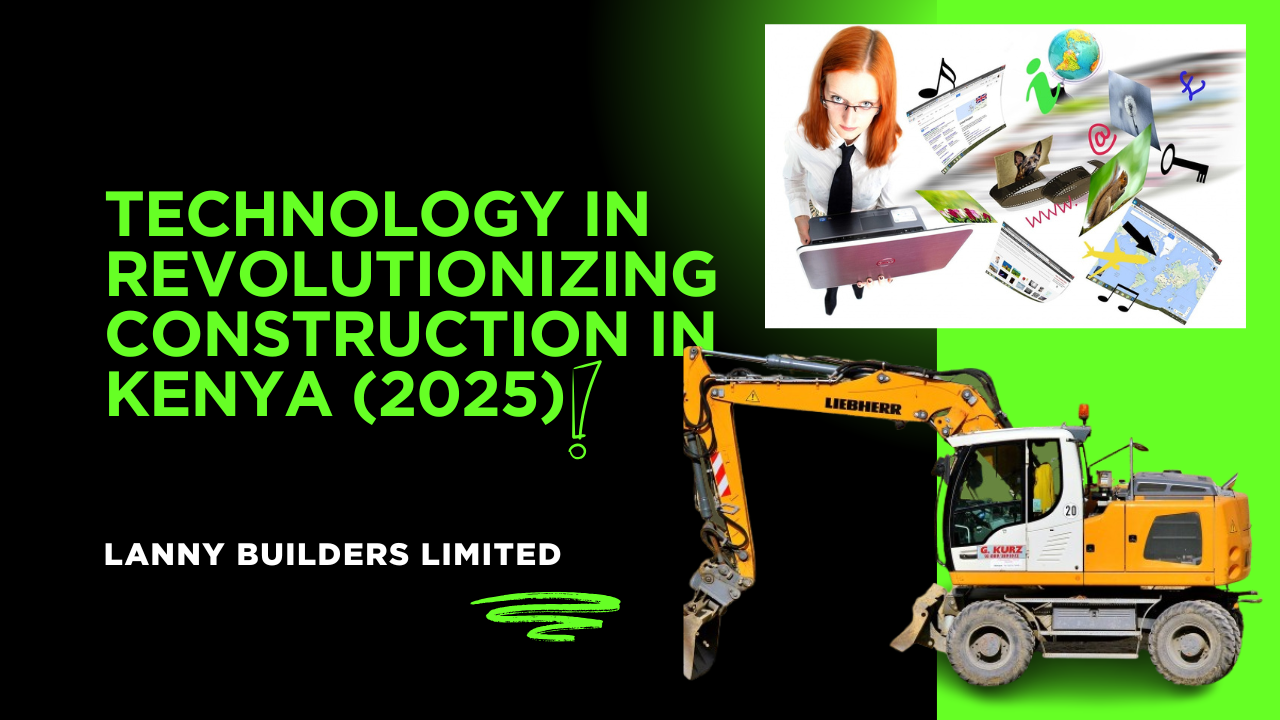The construction industry in Kenya is rapidly evolving with the adoption of advanced technologies that improve efficiency, reduce costs, and enhance quality. From Nairobi’s bustling urban projects to rural developments in Meru and Kisumu, technology is transforming how buildings are designed, managed, and built.
This article examines key technological innovations shaping Kenya’s construction sector in 2025, their benefits, challenges, and future outlook.

Digital Design and Building Information Modeling (BIM)
BIM is revolutionizing architectural design and project management. It enables detailed 3D modeling of buildings, allowing stakeholders to visualize projects before construction begins. Benefits include:
- Improved accuracy and clash detection
- Enhanced collaboration between architects, engineers, and contractors
- Cost and time savings through optimized planning
Kenyan firms increasingly invest in BIM software, training professionals to meet rising demand for quality standards.

Drone Technology for Site Surveys and Monitoring
Drones provide aerial views for site surveys, progress monitoring, and safety inspections. They reduce the need for manual surveying, save time, and capture high-resolution data to inform decisions.
Drones are widely used in large-scale projects such as highway construction in Eldoret and urban housing in Nairobi.

3D Printing in Construction
Though still emerging, 3D printing technology is gaining traction in Kenya. It allows printing of building components or even entire walls layer by layer using concrete mixtures. Advantages include:
- Faster construction times
- Reduced material waste
- Customizable designs
Pilot projects in Kenya have demonstrated feasibility for low-cost housing.

Mobile Apps for Project Management and Communication
Apps like Procore, PlanGrid, and local solutions facilitate real-time communication, document sharing, and workflow tracking. This digital shift reduces errors, enhances accountability, and improves transparency among Kenyan construction teams.

Use of Prefabrication and Modular Construction
Prefabricated components manufactured offsite improve quality control and accelerate assembly on site. Modular homes are particularly suitable for affordable housing projects in Nairobi and Kisumu, cutting construction times by up to 40%.
Green Construction Technologies
Innovations like solar-powered machinery, energy-efficient HVAC systems, and smart water management are becoming standard in Kenya’s new developments, aligning with sustainability goals.

Challenges in Technology Adoption
- High initial investment and training costs
- Resistance to change among traditional builders
- Infrastructure limitations such as unreliable internet connectivity in rural areas
Government and Industry Initiatives
The Kenyan government promotes technology adoption through funding, policy frameworks, and partnerships with tech companies. Industry bodies organize training and certification programs.
Looking Ahead: Future Trends
- AI-driven design optimization
- Internet of Things (IoT) for smart buildings
- Blockchain for transparent contract management

Conclusion
Technology is a powerful driver of change in Kenya’s construction sector, enhancing efficiency, quality, and sustainability. Embracing these innovations positions Kenyan builders and developers to meet growing demand while contributing to a greener economy.
